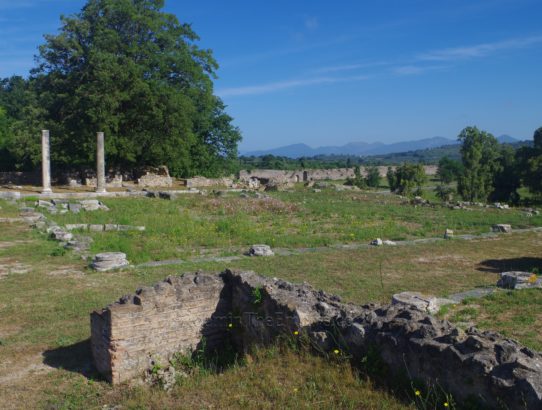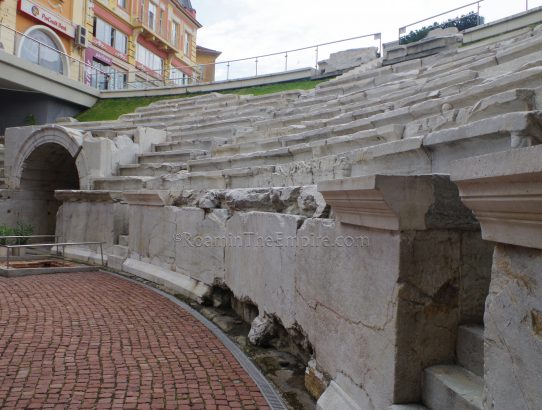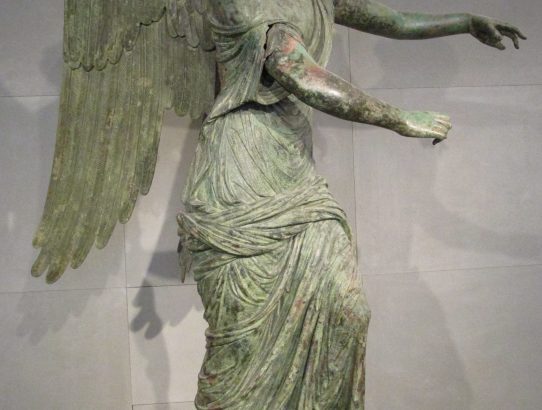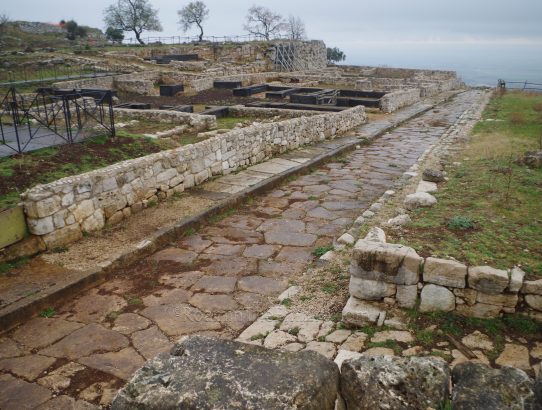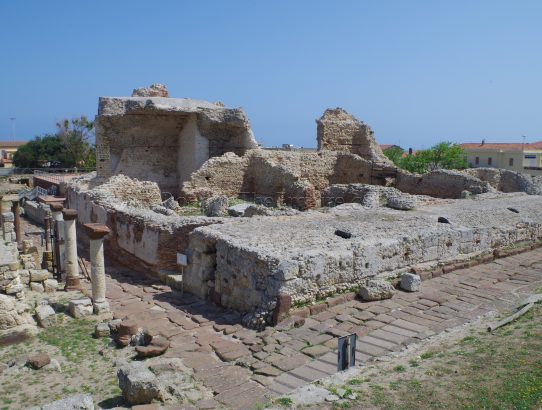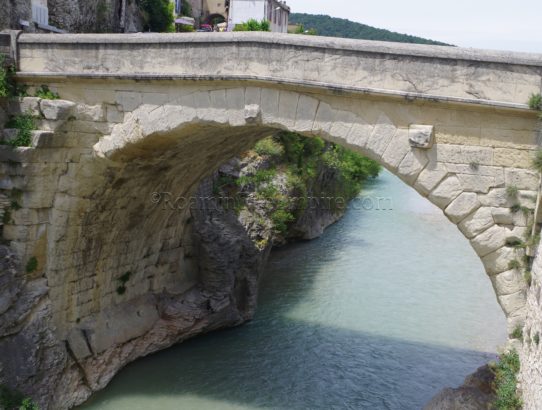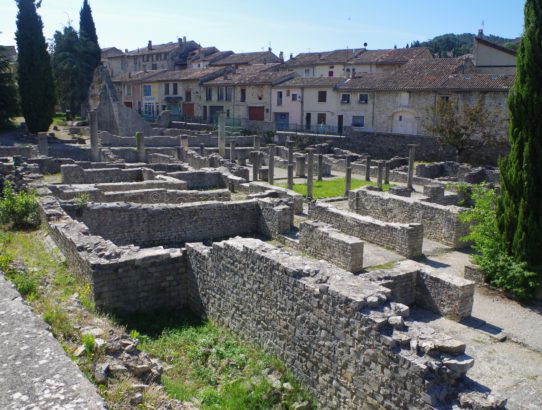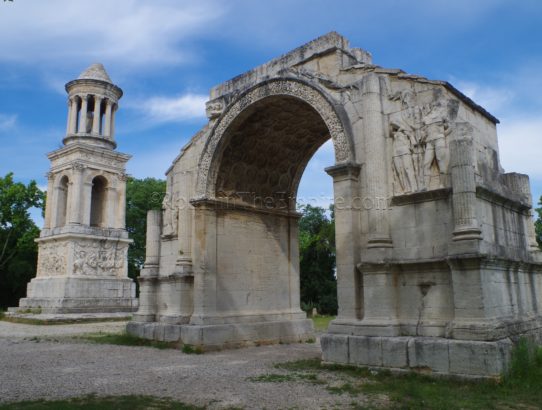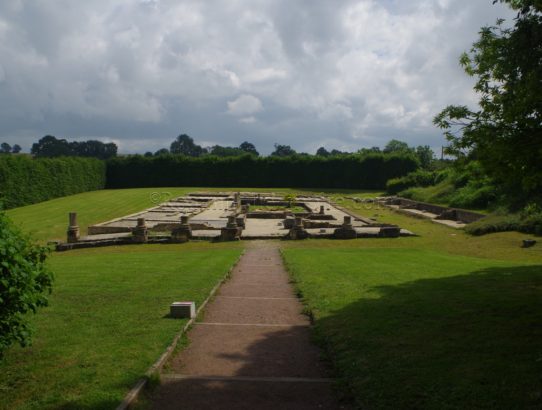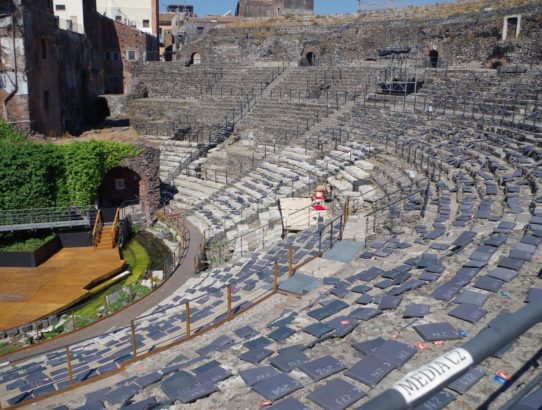Nicopolis, Epirus – Part II
Continued From Nicopolis, Epirus Part I Roughly 250 meters inside the Araporta, meeting back up with the National Road Preveza-Ioannina, is the entrance to the Archaeological Site of Nikopolis. During the summer it is open Wednesday through Monday from 8:00 to 20:00 and is closed on Tuesday. Through September and October, the closing time gradually…
Read More


